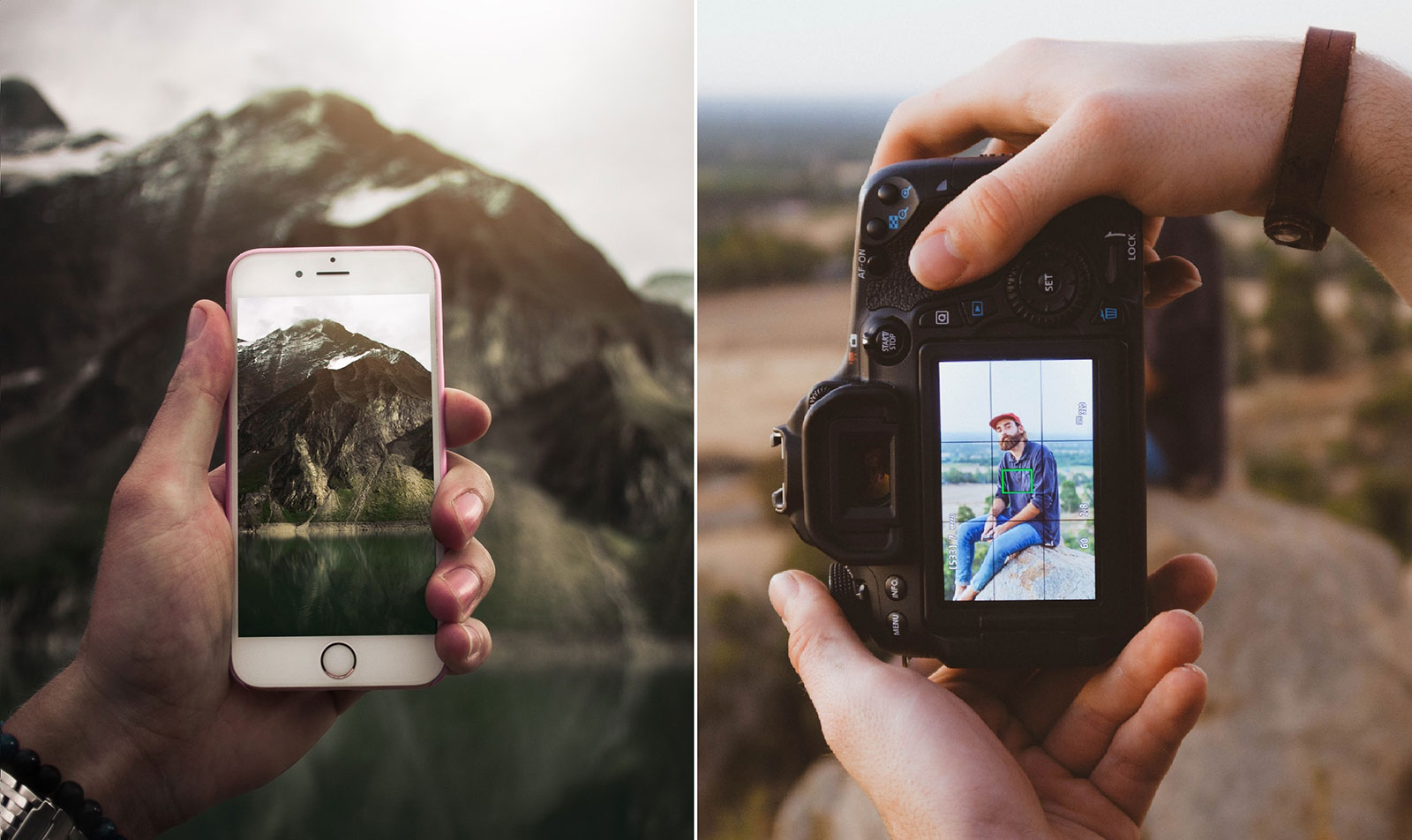In the ever-evolving landscape of photography, the debate between phone cameras and standalone cameras continues to capture the attention of photography enthusiasts and professionals alike. The rise of smartphone technology has propelled phone cameras to new heights, narrowing the gap with traditional standalone cameras. In this comprehensive exploration, we will delve into the strengths and limitations of both, examining how these devices have transformed the way we capture and share moments in the digital age.
The Evolution of Phone Cameras:
1. Convenience and Accessibility:
One of the primary advantages of phone cameras lies in their unparalleled convenience and accessibility. With smartphones becoming ubiquitous, individuals always have a camera at their fingertips. This accessibility has democratized photography, allowing anyone to capture and share moments instantly, fostering a global culture of visual storytelling.
2. Advancements in Technology:
Phone cameras have witnessed rapid technological advancements, incorporating features such as multiple lenses, sophisticated image processing algorithms, and artificial intelligence. High-resolution sensors, optical image stabilization, and computational photography techniques have elevated the quality of images captured by phone cameras, rivaling some standalone counterparts.
3. Integration with Digital Ecosystems:
Smartphones seamlessly integrate with digital ecosystems, enabling users to capture, edit, and share photos effortlessly. The synchronization between devices, cloud storage solutions, and social media platforms has streamlined the entire photography process, making it more accessible and engaging for users worldwide.
The Prowess of Standalone Cameras:
1. Image Quality and Sensor Size:
Standalone cameras, particularly digital single-lens reflex (DSLR) and mirrorless cameras, boast larger sensors compared to phone cameras. The larger sensor size allows for more light capture, resulting in superior image quality, especially in low-light conditions. Standalone cameras excel in producing high-resolution, detailed images with greater dynamic range.
2. Interchangeable Lenses:
One of the distinctive features of standalone cameras is the ability to use interchangeable lenses. This flexibility allows photographers to choose lenses tailored to specific scenarios, such as wide-angle lenses for landscapes, macro lenses for close-ups, and telephoto lenses for wildlife or sports photography. This adaptability provides photographers with creative control and versatility.
3. Manual Controls and Customization:
Standalone cameras offer a plethora of manual controls, allowing photographers to fine-tune settings like aperture, shutter speed, and ISO. This level of control is crucial for achieving desired effects and overcoming challenging lighting conditions. The ability to customize settings and shoot in RAW format provides professionals with extensive post-processing capabilities.
The Battle of Image Processing:
1. Computational Photography in Phones:
Phone cameras leverage computational photography to enhance image quality and overcome hardware limitations. Techniques like High Dynamic Range (HDR), Night Mode, and Portrait Mode are powered by advanced algorithms that process multiple frames, optimize exposure, and simulate depth-of-field effects. This computational prowess has allowed phone cameras to deliver impressive results in a variety of shooting conditions.
2. Raw Processing and Professional Editing:
While phone cameras excel in on-the-fly image processing, standalone cameras provide photographers with the option to shoot in RAW format. RAW files contain unprocessed data captured by the sensor, allowing for extensive post-processing and editing. Professional photographers often prefer standalone cameras for the unparalleled control they have over the final image through software like Adobe Lightroom or Capture One.
Specialized Use Cases:
1. Street and Candid Photography:
The discreet and unobtrusive nature of phone cameras makes them ideal for street and candid photography. The ability to capture spontaneous moments without drawing attention is a distinct advantage. Street photographers often find the inconspicuous form factor of phone cameras beneficial in documenting everyday life.
2. Professional Photography and Specialized Fields:
For professional photographers, especially those specializing in genres like portrait, landscape, or wildlife photography, standalone cameras remain the preferred choice. The precision, control, and image quality provided by these cameras are essential for meeting the demands of high-end clients and achieving artistic visions.
The Future of Photography:
As technology continues to advance, the line between phone cameras and standalone cameras will likely continue to blur. Manufacturers are investing in research and development to enhance both hardware and software components. Concepts like foldable phones with advanced camera systems and compact yet powerful mirrorless cameras are indicative of the industry’s commitment to innovation.
The debate between phone cameras and standalone cameras ultimately depends on the individual’s needs, preferences, and the specific context of photography. While phone cameras excel in convenience, accessibility, and computational capabilities, standalone cameras offer unparalleled image quality, versatility, and control over the photographic process. Many photographers find themselves using both, recognizing the strengths of each in different scenarios.
In the evolving landscape of photography, the choice between a phone camera and a standalone camera is not about one replacing the other but rather about understanding the strengths and limitations of each tool. Whether you are a casual photographer capturing everyday moments or a professional aiming for artistic excellence, the coexistence of these devices reflects the diverse and dynamic nature of the contemporary photography landscape. In the end, the true magic lies not just in the devices themselves but in the creative vision and storytelling prowess of the individuals behind the lens, regardless of whether that lens is part of a phone or a standalone camera.

